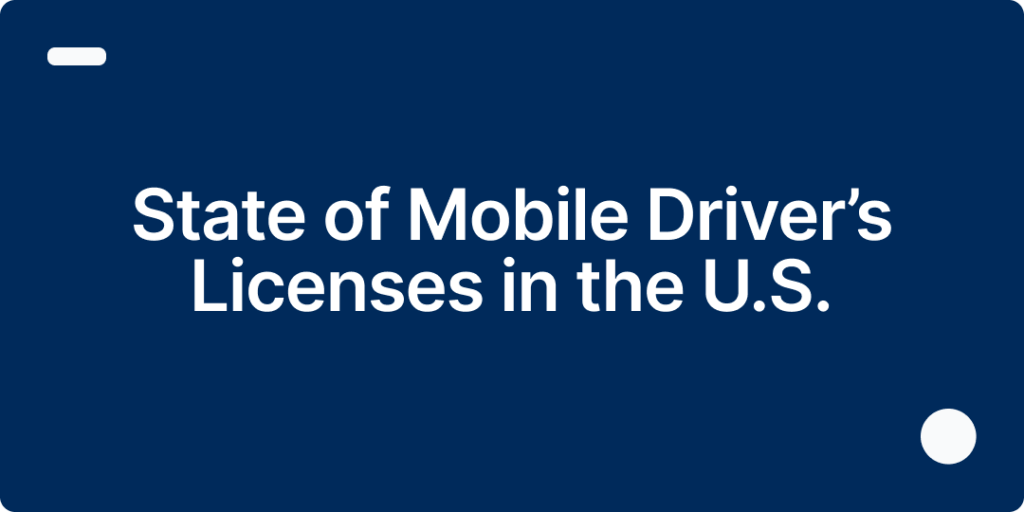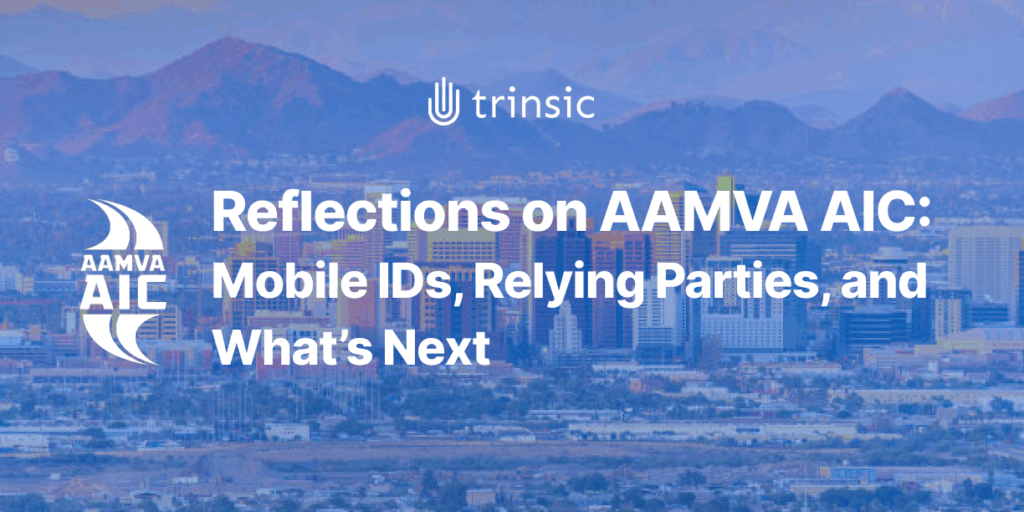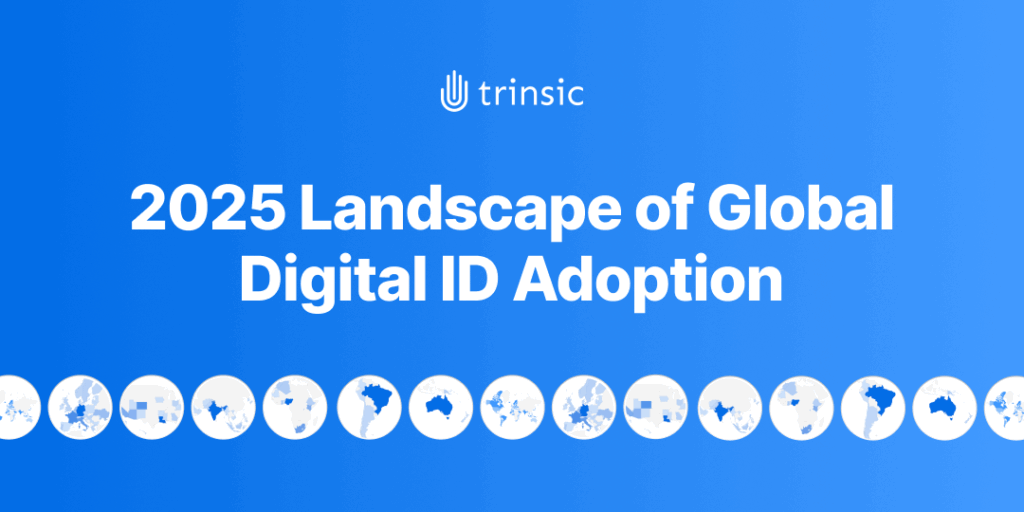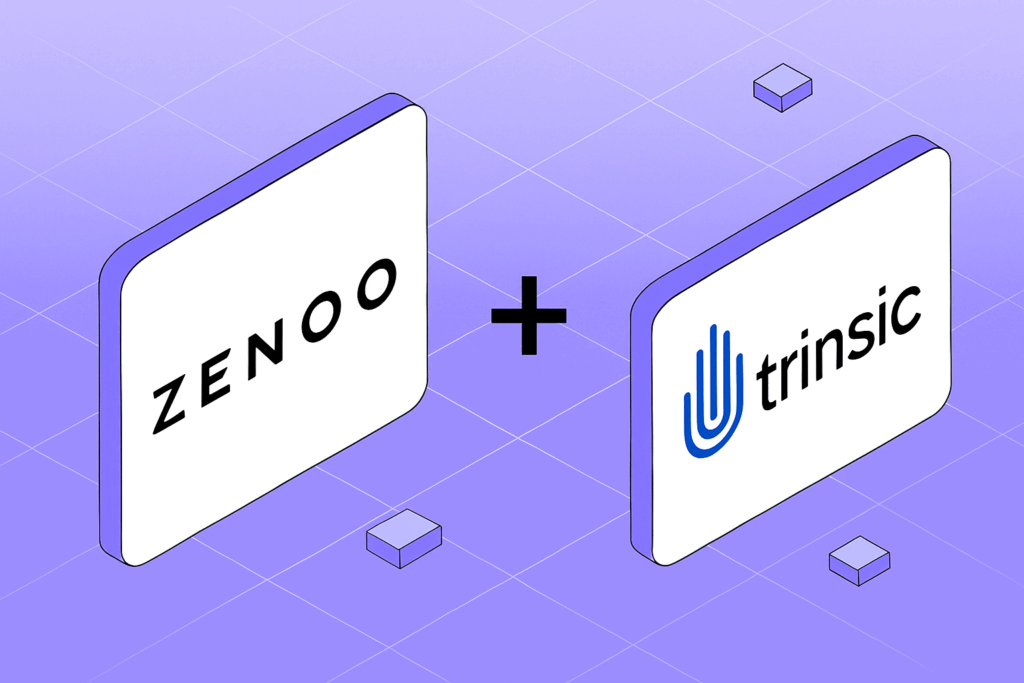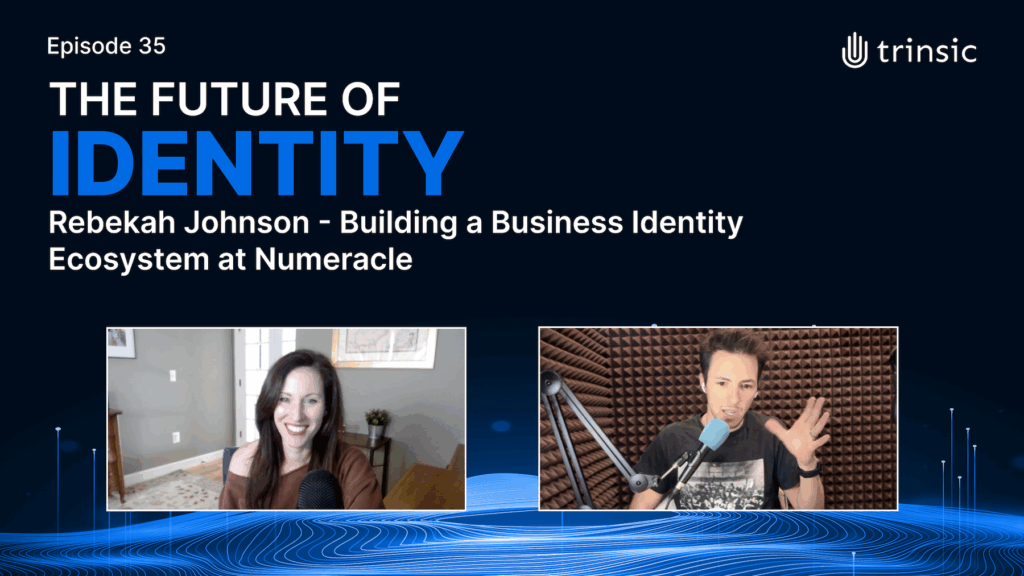In a recent webinar, Zack Jones, Head of Product Partnerships at Trinsic, explored the rapid growth of mobile driver’s licenses (mDLs) in the United States. The session provided an updated look at where mDLs are live, how wallets like Apple, Google, and Samsung are shaping adoption, and what businesses need to know about standards, fragmentation, and future opportunities.
Momentum Across U.S. States
Unlike many countries with national ID programs, the U.S. relies on state-level rollouts. Today, 41% of Americans live in states where mDLs are already active, and 76% live in states with programs either live or in development.
Louisiana was first to launch in 2018, followed by Arizona in 2020, with momentum accelerating in 2024 and 2025 as more states came online. Larger population states like California, New York, and Virginia now offer mDLs, creating significant coverage and potential impact.
The Wallet Landscape
Consumers today can access mDLs through a mix of options:
-
Apple Wallet (11 states plus Puerto Rico)
-
Google Wallet and Google ID Pass (9 states, with derived passport credentials available nationwide)
-
Samsung Wallet (7 states)
-
Standalone apps such as LA Wallet (Louisiana), MyColorado, and state-specific Idemia-powered apps
This variety offers flexibility, but it also creates complexity. With 17 wallets across 21 states, businesses face a fragmented ecosystem.
Key Use Cases Driving Adoption
The most visible use case so far is TSA checkpoint acceptance, with digital IDs now approved at participating airports. Beyond air travel, other pilots and demos highlight how mDLs can be used for:
-
Job seeker verification
-
Online account onboarding
-
Automated age verification at stadiums or kiosks
These early examples point to the broader promise of frictionless, high-assurance digital identity.
Standards and Fragmentation
The global ISO 18013 standard underpins mDLs, with two key parts:
-
Part 5 supports in-person use cases (like airports).
-
Part 7, published in 2023, introduces remote and online verification.
While nearly all wallets support Part 5, adoption of Part 7 is still limited and inconsistent. Businesses must navigate differences in implementation, interaction profiles, and assurance levels to ensure smooth integrations.
Lessons from Live Demos
The webinar included demo flows from California DMV, Google Wallet’s Digital Credentials API, and Samsung Wallet. Each highlighted how a user can complete a verification in seconds with just a few clicks and biometric authentication.
For relying parties, the value is clear: eliminate document uploads and reduce fraud while delivering a streamlined customer experience.
What Businesses Need to Know
Adoption is growing, but challenges remain:
-
Fragmented wallets and standards
-
Varying levels of assurance and data outputs
-
Limited consumer awareness, even in live states
Still, momentum is building. Wallet providers are actively partnering with major brands like Amazon, Uber, and Chime, signaling that private-sector use cases are coming soon.
The Road Ahead
Trinsic projects that adoption could climb rapidly in the coming years, potentially reaching tens of millions of issued mDLs by 2026. As more states launch programs and businesses begin accepting mDLs, awareness will grow and adoption will accelerate.
For businesses, now is the time to explore pilots in key states and prepare for broader digital ID acceptance.
For a deeper dive, download Trinsic’s updated Comprehensive Report on Mobile Driver’s License Adoption.
To watch the full session, check out the webinar recording here.

